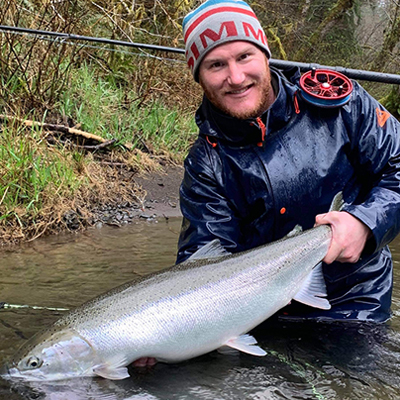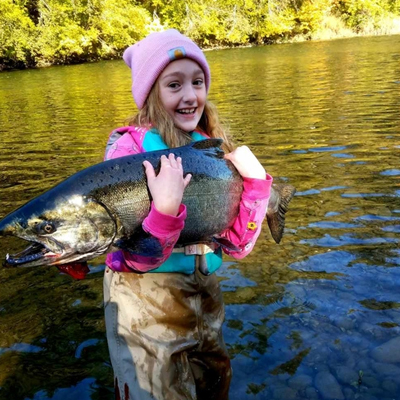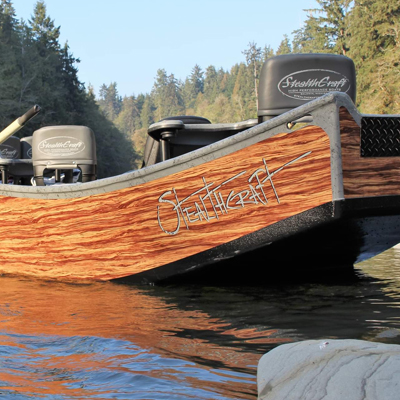Forks, Washington 98382
Centerpin Fishing
Centerpin fishing, also known as centerpin float fishing, is a popular method used by anglers to target salmon and steelhead in our rivers. This technique is especially effective for fishing in flowing water, where salmon and steelhead often migrate and hold. When you book your fishing trip with us, we provide all rods, reels, and tackle needed for you centerpin fishing trip.
Here are the key components and steps involved in centerpin fishing for salmon and steelhead:
-
Equipment:
- Centerpin Reel: The centerpin reel is the heart of this fishing method. It's a specialized reel that has a free-spinning spool mounted on bearings, allowing for easy and precise control of line release.
- Rod: A long, sensitive rod is typically used for centerpin fishing. Rod length can vary but is often between 10 and 14 feet to provide extended casting distance and control over the line.
- Line: Light and low-visibility monofilament or fluorocarbon line is commonly used. The line's pound test strength should match the targeted species and the fishing conditions.
- Terminal Tackle: This includes hooks, leaders, and floats. For salmon and steelhead, use hooks that match the size of the bait or lures you're using. Floats are used to suspend the bait or lure at the desired depth in the water column.
-
Setup:
- Attach your line to the centerpin reel and spool it evenly.
- Select an appropriate float and attach it to the line. The float's size and buoyancy should be chosen based on the water's current and depth.
- Attach a leader to your mainline, which is typically a few feet in length and ends with your chosen hook or lure.
- Adjust the depth of your bait or lure by sliding the float up or down the line until it is at the desired depth.
-
Casting and Drifting:
- Stand in a location where you expect salmon or steelhead to be present. This is often in areas with structure, such as rocks or eddies.
- Cast your bait or lure upstream of your target area and let it drift naturally with the current. The free-spinning centerpin reel allows for precise line control to achieve a natural presentation.
- Keep a close eye on your float as it drifts. When you see any unusual movement or the float goes underwater, it may indicate a fish taking the bait.
-
Hooking and Playing:
- When a fish takes the bait, wait for it to fully commit before setting the hook. The lack of resistance on the free-spinning reel allows the fish to take the bait without feeling resistance.
- Once hooked, carefully fight the fish using the sensitive rod and the smooth drag of the centerpin reel.
- Be patient and tire out the fish before attempting to land it.
Centerpin fishing for salmon and steelhead requires practice and skill to achieve success. It's essential to understand the fish behavior, and water conditions to maximize your chances of landing these prized species.









 Follow
Follow

